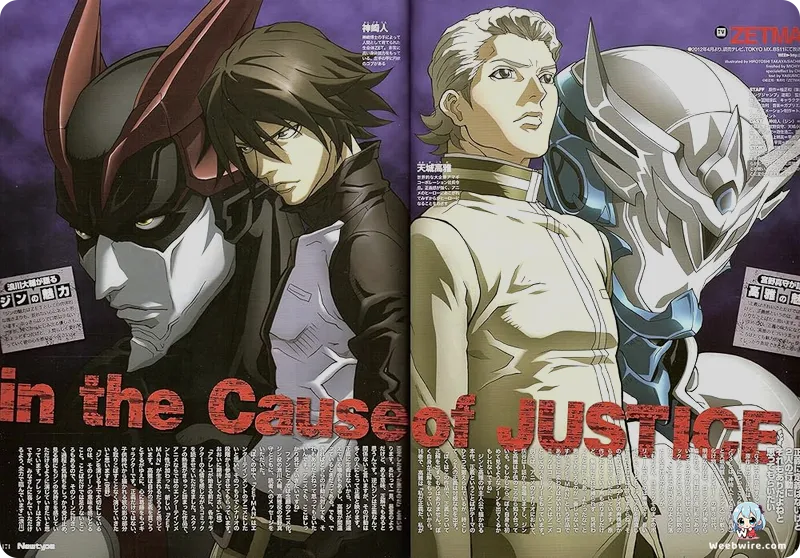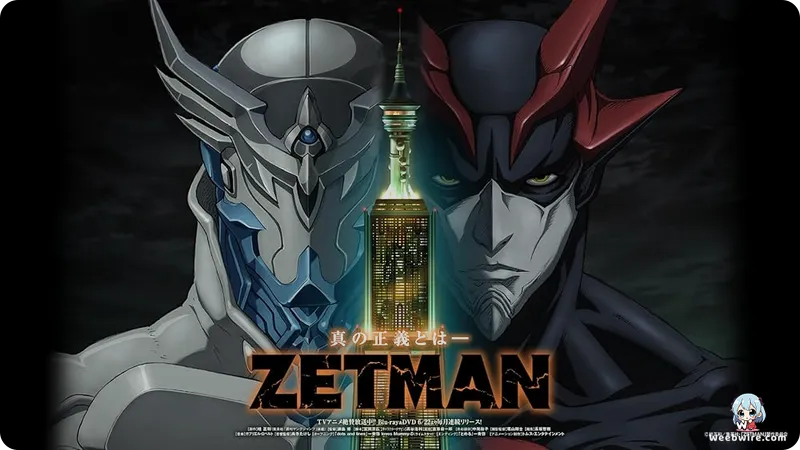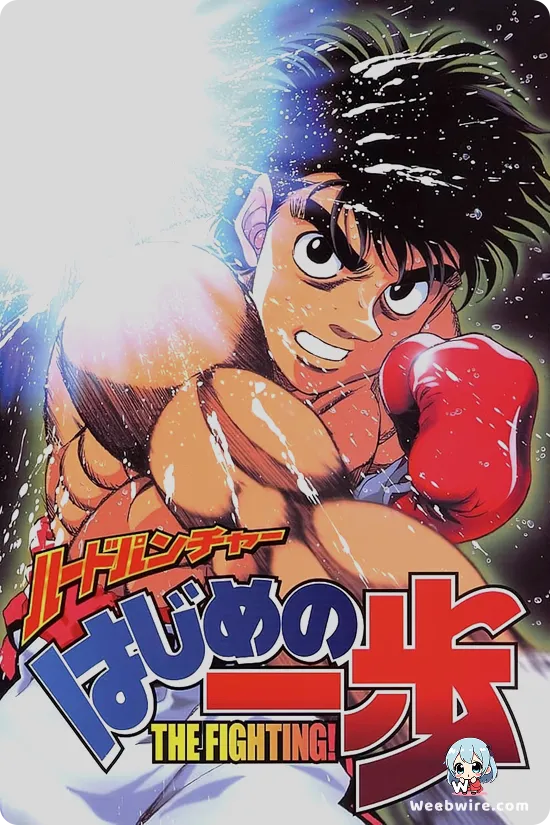Masakazu Katsura's Radical Pivot: Why the Creator of 'I's' Plunged into the Existential Dread of 'Zetman'

Masakazu Katsura's Thematic Shift
Masakazu Katsura, an artist globally recognized for his mastery of delicate romantic comedy and slice-of-life narratives, executed one of the most drastic thematic shifts in modern manga history when he launched the visceral, psychological sci-fi epic, Zetman. Katsura's classic works, such as Video Girl Ai and I's, epitomized the charming awkwardness of young love and meticulous fashion. The transition to orchestrating a world of grotesque bio-engineered monsters and relentless combat remains a compelling aspect of the series' history.
Katsura’s renowned skill for detailed character design and realistic human anatomy was chillingly repurposed for Zetman. Where it once created appealing romantic leads, it now illustrates horrific mutations and bone-shattering violence. This detailed realism emphasizes the terrifying fragility of the human body when confronted with engineered monstrosity, giving the series a visual signature unmatched by many contemporaries.
The 2012 Anime Adaptation and Divergence
The 2012 anime adaptation produced by TMS Entertainment successfully captured the manga's grim atmosphere and intense aesthetic. However, the production faced a significant challenge in condensing a sprawling, philosophically intricate narrative into a mere 13 episodes. Consequently, the anime adaptation features a notoriously divergent and original ending, dramatically departing from the source material which was still ongoing at the time of production.

This creative decision primarily focused on the initial conflict between the protagonist, Jin Kanzaki, and his wealthy rival, Koga Amagi (the hero 'Alphas'). This focus led to the omission or compression of later, critical manga arcs concerning the deeper societal conspiracy, the true nature of the antagonists ('Players'), and Jin’s complex origins. Dedicated fans consistently urge newcomers to consult the completed manga to truly grasp the expansive moral ambiguity and profound philosophical questions the author intended to explore.
The Nature of the Zet Evolutionary Type
At the core of the series is Jin Kanzaki, who embodies the 'Zet Evolutionary Type' (Z.E.T.). The title itself functions as a subtle homage to classic Japanese tokusatsu, such as Kamen Rider, yet Zetman operates as a dark deconstruction of the 'transformed hero' archetype. Jin's transformation into Zet is not a mere costume change; it is a traumatic, organic merging, highlighting that his power is intrinsically linked to his monstrous, engineered nature.
This bio-mechanical distinction is crucial: Jin becomes a weapon, blurring the ethical line between human and monster. This dedication to visual detail, even in the most gruesome scenes, is a trademark carried over from Katsura's highly detailed romance works, making Zetman a compelling case study in artistic versatility and dedication to craft, regardless of genre.
Credits
Zetman
Author
Masakazu Katsura
Cover Art
Masakazu Katsura
Studio
TMS Entertainment
Publisher
Shueisha
Producers





